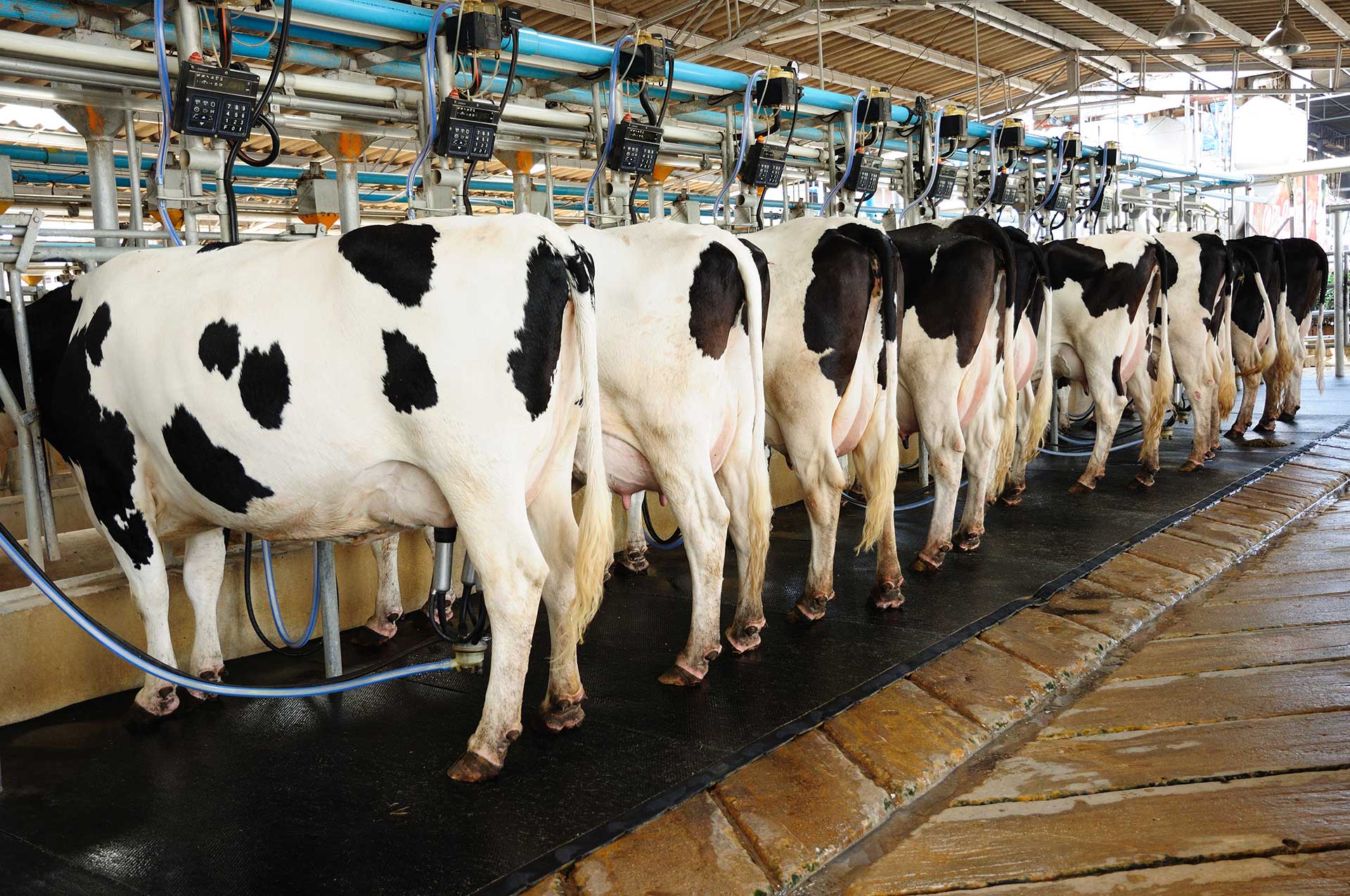Dairy Product Flavor Compound Analysis
The analysis of flavor compounds in dairy products is crucial for ensuring product quality and consistency. This service focuses on identifying and quantifying volatile organic compounds (VOCs) that contribute to the characteristic flavors found in dairy products such as milk, cheese, yogurt, and butter. Understanding these flavor profiles helps manufacturers maintain brand identity, comply with regulatory standards, and enhance consumer satisfaction.
Flavor compounds are primarily responsible for the sensory experience of a product, making them a key factor in the development and quality control processes of dairy products. Our laboratory uses advanced analytical techniques to break down complex mixtures into their individual components, allowing for precise identification and quantification. This service is essential for companies aiming to innovate or maintain their market position by ensuring that their products meet stringent flavor standards.
The importance of this analysis extends beyond just sensory appeal; it also plays a critical role in food safety and quality assurance. Regulatory bodies such as the FDA and European Food Safety Authority (EFSA) set standards that ensure dairy products are safe for consumption and meet consumer expectations. By providing accurate flavor compound analysis, we assist clients in meeting these regulatory requirements.
The process of flavor compound analysis involves several steps: sample preparation, extraction, identification, quantification, and reporting. Sample preparation is critical to ensure the integrity of the analysis. This includes homogenizing samples, filtering them if necessary, and ensuring that they are representative of the product being analyzed. Extraction methods vary depending on the specific compounds being targeted but often involve the use of solvents or solid-phase microextraction (SPME) techniques.
Identification and quantification are achieved through a combination of spectroscopic techniques such as gas chromatography-mass spectrometry (GC-MS), high-performance liquid chromatography (HPLC), and Fourier transform infrared spectroscopy (FTIR). These methods allow for the separation, detection, and measurement of flavor compounds with high precision. The results provide detailed information about the composition of the sample, enabling manufacturers to make informed decisions regarding formulation and production processes.
Once the analysis is complete, a comprehensive report is generated summarizing the findings. This report includes a list of identified compounds along with their concentrations and relative contributions to the overall flavor profile. It also provides recommendations for any necessary adjustments in the manufacturing process to enhance or maintain desired flavors.
In conclusion, dairy product flavor compound analysis is an integral part of ensuring that products meet both regulatory requirements and consumer expectations. By providing accurate and reliable data on flavor compounds, our laboratory supports clients in developing high-quality products that are consistent with their brand identity and comply with global standards.
Scope and Methodology
| Method | Description |
|---|---|
| Gas Chromatography-Mass Spectrometry (GC-MS) | This technique separates volatile organic compounds based on their physical and chemical properties. It then identifies the compounds by comparing their mass spectra to known standards. |
| High-Performance Liquid Chromatography (HPLC) | HPLC is used for the separation of non-volatile and thermally unstable compounds, which can be detected after derivatization or with a suitable detector such as UV or refractive index detection. |
| Fourier Transform Infrared Spectroscopy (FTIR) | FTIR provides qualitative information about the functional groups present in organic molecules by measuring the absorption of infrared light. |
The methodology for dairy product flavor compound analysis involves a series of steps to ensure accurate and reliable results. The first step is sample preparation, which includes homogenization and filtering if necessary. Next, extraction methods are employed to isolate the target compounds from the matrix. Following extraction, identification and quantification are carried out using the aforementioned spectroscopic techniques.
The use of multiple analytical methods ensures a comprehensive approach to flavor compound analysis, providing detailed insights into the composition of dairy products. This multi-method approach enhances accuracy and reliability by cross-verifying results obtained through different techniques.
Customer Impact and Satisfaction
- Enhances product quality through precise identification of flavor compounds.
- Maintains compliance with global regulatory standards.
- Supports innovation in dairy product formulation.
- Improves consumer satisfaction by ensuring consistent taste profiles.
Our clients report high levels of satisfaction, noting the accuracy and reliability of our analysis. This service has been instrumental in helping them meet both internal and external quality control objectives.
Competitive Advantage and Market Impact
- Provides a strategic advantage by ensuring products consistently meet high flavor standards.
- Supports the development of unique product offerings that differentiate from competitors.
- Aids in maintaining or expanding market share through superior product quality.
The ability to analyze and optimize flavor compounds gives companies a competitive edge, enabling them to stay ahead of industry trends and consumer preferences. This service is particularly valuable for those looking to innovate within the dairy sector while ensuring regulatory compliance.





